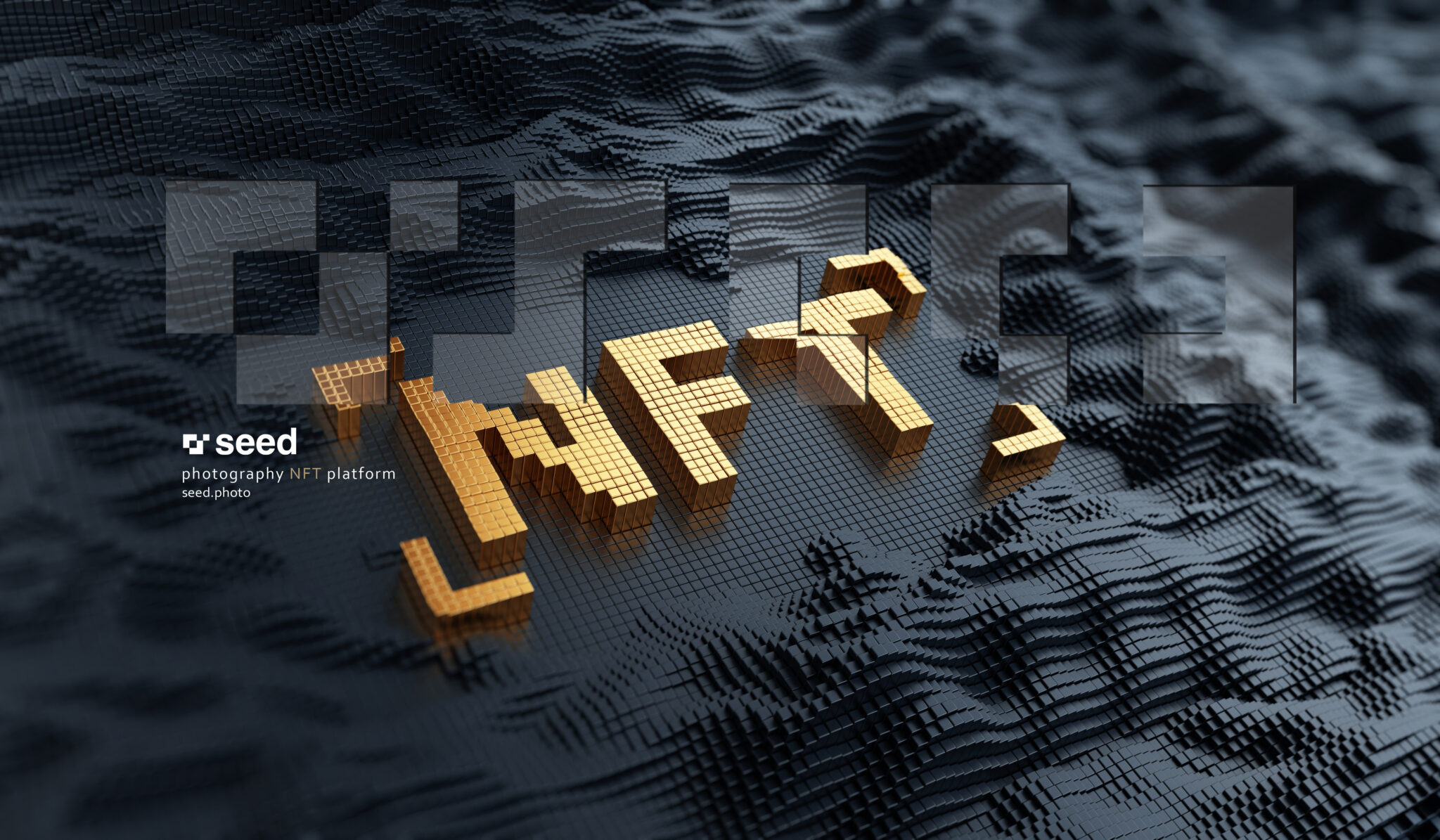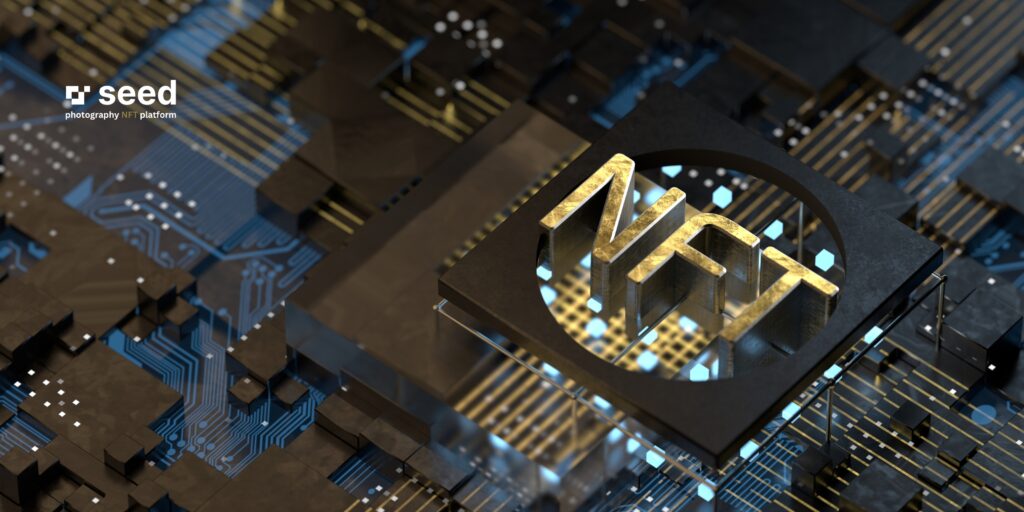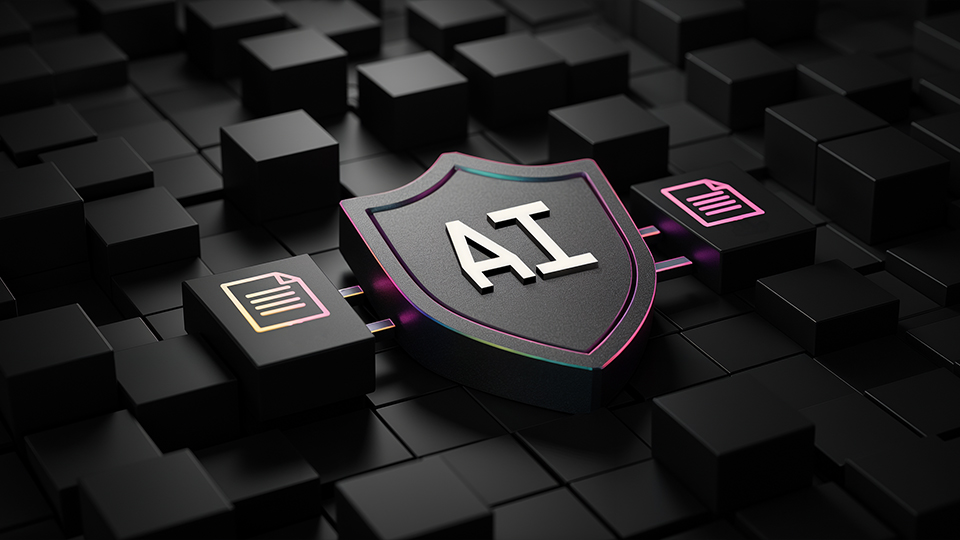The Evolution of Money: From Fiat to Crypto
Money has been a cornerstone of human civilization and economic development. It’s a way to store value and acts as a medium of exchange, allowing people to trade goods, services, and more. But what exactly is money, and how has it evolved over time?
The Evolution of Money
Originally, money was simply objects used in barter, like stones or livestock. As societies grew, the need for a common medium of exchange became crucial. Early forms of money were commodity money, which had intrinsic value, like gold and silver coins. These metals were valuable because they were scarce and durable, making them ideal for trade.
Metal currency, particularly gold and silver coins, played a significant role in the development of centralized political structures and trade. These coins allowed for more extensive trade networks and economic growth, facilitating the rise of powerful empires and nations.

The Gold Standard
The gold standard was a system where a country’s currency value was tied to a specific amount of gold. This system provided a stable value for money and facilitated international trade. However, the gold standard also had its limitations. It restricted the flexibility of monetary policy, making it difficult for governments to respond to economic crises.
Abandoning the gold standard in 1971 allowed for more flexible monetary policies but also led to increased currency volatility and inflation. Some argue this shift weakened state power, while others believe it was necessary for a dynamic global economy.
From Paper Money to Digital Currency
As societies progressed, so did their money. Goldsmiths began issuing receipts for stored gold, which evolved into paper money. This system allowed for easier transactions and greater economic growth. Today, most money is digital, managed by central banks that control the money supply and ensure economic stability.
Fiat money, which is a government-issued currency not backed by a physical commodity, dominates the modern financial system. Its value is derived from the trust and confidence of the people who use it. Central banks play a crucial role in maintaining this trust by managing inflation and ensuring the stability of the financial system.
Barter vs. Monetary Systems
In a barter system, goods and services are exchanged directly, which can be cumbersome without a standard value measure. For example, if you had chickens and wanted wheat, you had to find someone with wheat who wanted chickens. The monetary system uses money to provide a standard measure of value, making trade easier. Both systems rely on trust, but today’s monetary system is more efficient and centralized.

The Role of Cryptocurrencies
Cryptocurrencies offer a new way to transact, providing fast, secure, and decentralized options compared to traditional monetary systems. They use blockchain technology to ensure transparency and security, making them attractive alternatives to fiat currencies.
Cryptocurrencies can be inflationary or deflationary, depending on their design and supply mechanisms. Bitcoin, for example, has a fixed supply of 21 million coins, making it deflationary. This scarcity can drive up its value over time. Other cryptocurrencies, like Ethereum, have variable supplies, allowing for more flexibility.
These digital currencies challenge the fiat system by offering an alternative that isn’t controlled by central banks or governments. They provide a new level of financial freedom and security, especially in regions with unstable currencies or limited access to banking services.
The Future of Money
Money is evolving rapidly, becoming more digital and decentralized. Cryptocurrencies, digital wallets, and mobile payments are changing how we interact with money. The widespread adoption of these technologies is transforming financial systems worldwide, making transactions faster, cheaper, and more secure.
While states will continue to play a significant role in regulating money, the rise of decentralized finance (DeFi) could lead to a more transparent and trustless economic system. DeFi platforms use blockchain technology to offer financial services without traditional intermediaries, providing greater access and efficiency.



